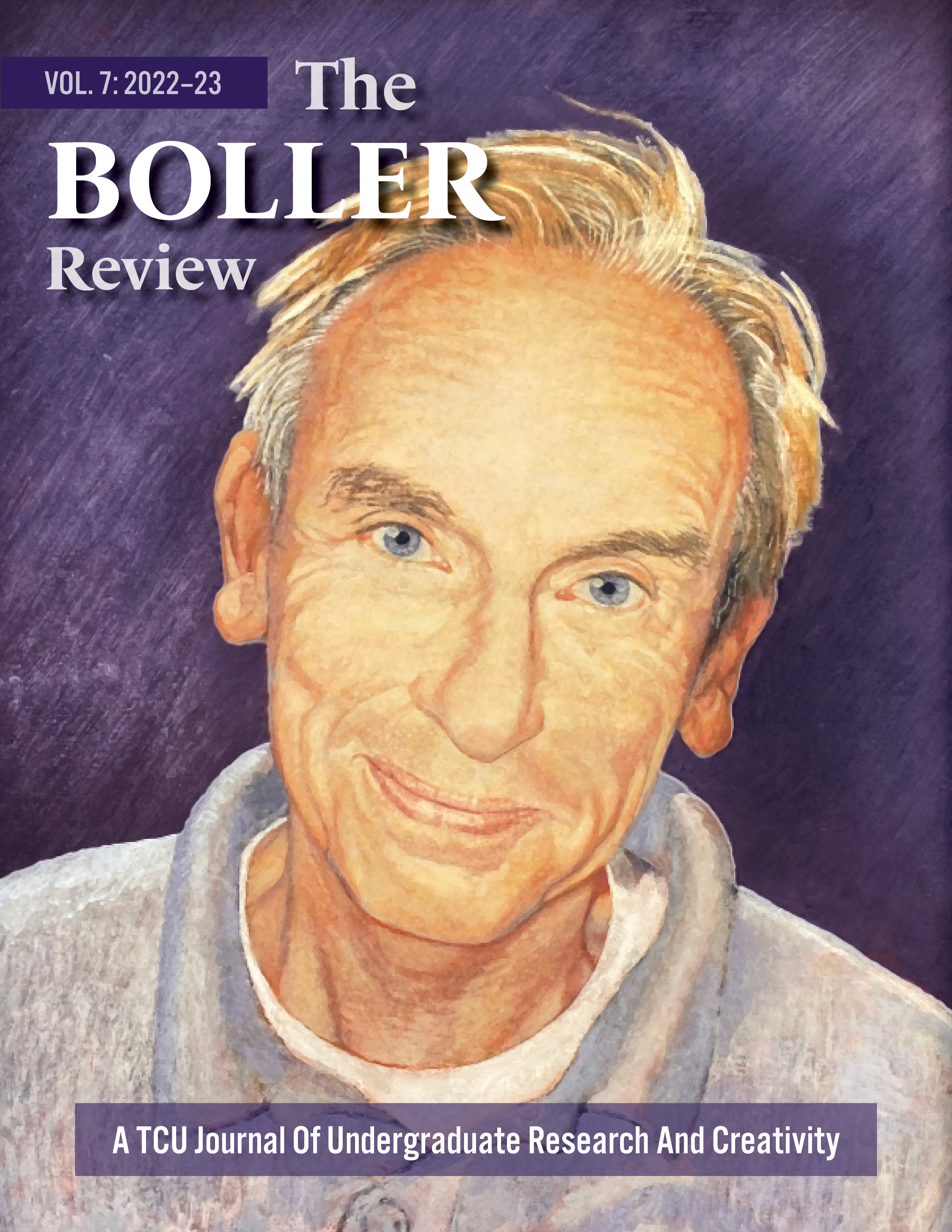Realize This Is My Space: Applying Co-Cultural Theory to the Interactions of the Deaf Community and Sign Language Interpreters
Main Article Content
Abstract
This paper explores the significance of Deaf individuals’ communicative practices and the orientation outcomes they enact when engaging with sign language interpreters through co-cultural theory. Orbe’s co-cultural theory is grounded in the idea that over time one co-culture, European-American heterosexual middle/upper class males, have acquired dominant group status in a variety of institutions (Orbe, 1998). A significant portion of research centering on co-cultural theory focuses on race, gender, and sexual orientation, and fewer studies engage with the Deaf community. Identifying the Deaf community as a co-cultural group, the researcher recruited six Deaf and hard-of-hearing participants to share their lived experiences when interacting with sign language interpreters. The interviews were analyzed, and through assessing the six universal factors that influence the process for co-cultural groups to select communicative practices, three emerged as most prevalent in their experiences: field of experience, navigating perceived risk-reward, and abilities. Based on these factors, the communication practices enacted determined the overall communication orientation. Within this study, two negotiation strategies most salient to the interactions for the co-cultural group, Deaf people, were: nonassertive assimilation and assertive accommodation.
Comments from Mentors
It was an honor to collaborate with Dezirae on her honors thesis project and help her bring this idea to life. In research, I believe it is special to find a topic that you care about. Dezirae, in her personal and academic life, cares deeply about people and helping others. As a sign language interpreter, she wanted to know more about communication between interpreters and D/deaf individuals in order to shine light on the challenges present in those relationships. I'm proud of her idea and the integrity she demonstrated throughout this entire research process, which resulted in her highlighting aspects and contexts of communication that are understudied.
